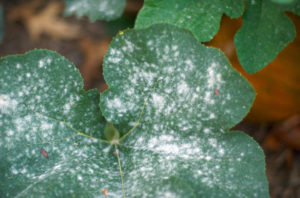 People often mistake mildew for mold and we can’t really fault them for it.
People often mistake mildew for mold and we can’t really fault them for it.
They’re both gross.
They’re both fungi.
If you don’t deal with mold on a regular basis like we do, it’s easy to get the two confused.
There are some differences between the two and I’m going to help you learn what to look for and what to do when you find it.
The Similarities Between Mold and Mildew
Before we get into what makes the two different, first let’s take a look at why people get them confused so easily.
Both mold and mildew are types of fungi and they’re both often found inside the home. They’re both need moisture to survive and neither are too picky about their growing locations. They can grow on surfaces, your food, your walls, and more. Plus, given the chance, they can spread quickly without your knowing.
To make matters worse, they can even look similar—gray or white, powdery or fuzzy, mold and mildew have a variety of different looks, and none of them are what any of us wants to see.
The Differences Between Mildew and Mold
One of the identifying factors of mold is the fact that it can deeply penetrate whichever surface it’s growing on, and in return, it makes it harder to remove. Mildew, on the other hand, only grows on the surface.
Mildew can be removed with some simple cleaning solutions and wiped away. Mold can cause structural damage and the removal process is often a much bigger project. (That’s not to say you can’t remove mold yourself. You can and I tell you how here.)
While neither should be left untreated in your home, mold is more well-known for the negative health effects it can cause. If you’re allergic to mold and do have some growing in your home or facility, it can cause sneezing, scratchy throat, migraines, and more.
Prevention, Prevention, Prevention
Trust me when I say it’s much easier to prevent mold than it is to remove it. You can do this by keeping any excess moisture in your house in check. Do regular moisture checks throughout your house to make sure you don’t have any unnoticed leaks or holes that could be letting moisture inside.
Mold likes to feed on many different things so keeping any extra items such as curtains, fabrics, old clothes, or wood away from any areas where they could get wet.
If you’ve already found the presence of mold in your house or you suspect you might have some growing somewhere unseen, contact us. We’ll be happy to let you know the best steps to take to rectify the situation. Our team of certified professionals will help you come up with an individualized plan that works for you and your budget.
Photo by jcesar2015 on Unsplash







